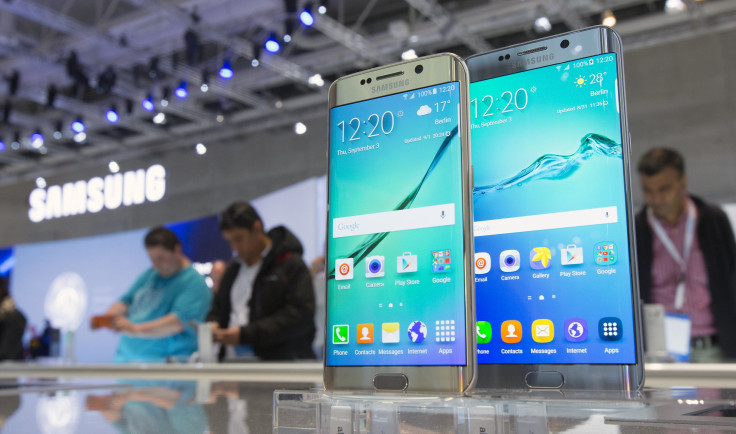Samsung's Predicted Profit Jump Will Not Be Based On Huge Increase In Smartphone Sales

LONDON -- A jump in operating profits of almost 80 percent would typically be seen as an indication of a company on the up, but while the prediction of just such a jump by Samsung Electronics Co. will be welcomed, it is not as strong an indication of growth as it might seem at first glance.
In a guidance note ahead of its third-quarter results, Samsung says its operating profit for the third quarter will be 79.8 percent higher than this time last year and yet it predicted that sales would rise by only 7.5 percent, in line with previous predictions. So where is the boost in profits coming from? Higher margins in its struggling smartphone division? No. Most of the profit boost is coming from something completely out of Samsung's control, a weakening South Korean won. Analysts speaking to Reuters said the weaker won added about 300 billion won ($259 million) to operating profit.
Beyond saying that sales in the quarter are likely up 7.5 percent, Samsung did not give any indication of what part of its sprawling business is responsible for the rest of the big jump in revenue. This will be Samsung's first-quarterly profit gain in two years and as a company synonymous with the smartphone market, some may believe this is an indication that the company is getting back on track after a turbulent 24 months.
Samsung will likely see a slight increase in smartphone sales in the third quarter, but the majority of its big profit rise will not come from its own smartphones but from supplying components for other manufacturers' smartphones -- notably chips and displays. Samsung supplies smartphone components for a wide range of companies, but one of its most notable contracts is to supply the A-series which power Apple's iPhones, and with record sales of Apple's latest iPhone 6S expected, that wil be a boon for the South Korean company.
Samsung has been making a concerted effort to scale back its smartphone output in 2015 as part of a cost-cutting push across the division. Alongside a more focused range, the company has continued its high end efforts, with the launch of the Galaxy Note 5 and Galaxy S6 Edge+ during the past quarter.
As a result of Samsung's efforts, analysts expect a slight increase in operating profit at the mobile division from 1.75 trillion won to 2 trillion won, however, its chip unit alone is expected to return a profit of 3.5 trillion won.
Samsung's mobile division is continuing to see increased competition from all sides, with Apple's iPhone currently dominating at the premium end while smartphones from dozens of Chinese manufacturers continue to take market share at the mid-to-low end of the market where Samsung typically dominated.
Samsung's share of the smartphone market has fallen from over 30 percent back in 2012, to around 20 percent in the second quarter of 2015. According to one analysis of Samsung's mobile business, the company made just over $33 for every smartphone it sold in the second quarter of 2015. While that figure is by far the biggest profit made by any mainstream Android smartphone maker during the quarter, it pales in comparison to the $184 Apple made from every iPhone it sold.
© Copyright IBTimes 2024. All rights reserved.






















